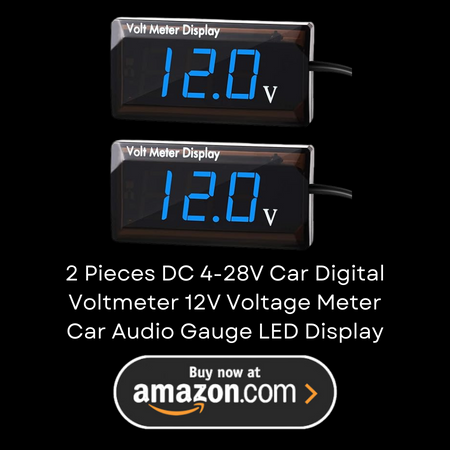In car audio aka the basshead community, Bandwidth is the span of frequencies your car audio system can play most efficiently.
Consult with your car audio technician on what the recommended bandwidth for your car audio build is as it can vary from system to system. Each build and bandwidth is unique however the general rule of thumb is plus or minus 10 frequencies of your enclosure tuning.
Generic Example:
Ported box tuned to 36 hz = Bandwidth 26-46hz
It is important to stay within your bandwidth not just for efficiency but also functionality. Playing your car audio system outside of its bandwidth can result in the malfunction of your car audio equipment. If you plan to compete in SPL Competition it is imperative you know your peak and bandwidth in order to choose songs and tones that will produce your peak DB level.
The signal bandwidth in hertz refers to the frequency range in which the signal’s spectral density (in W/Hz or V2/Hz) is nonzero or above a small threshold value. That definition is used in calculations of the lowest sampling rate that will satisfy the sampling theorem. The threshold value is often defined relative to the maximum value, and is most commonly the 3 dB point, that is the point where the spectral density is half its maximum value (or the spectral amplitude, in V or V/Hz, is 70.7% of its maximum).
The word bandwidth applies to signals as described above, but it could also apply to systems, for example filters or communication channels. To say that a system has a certain bandwidth means that the system can process signals of that bandwidth, or that the system reduces the bandwidth of a white noise input to that bandwidth.
The 3 dB bandwidth of an electronic filter or communication channel is the part of the system’s frequency response that lies within 3 dB of the response at its peak, which in the bandpass filter case is typically at or near its center frequency, and in the low-pass filter is near 0 hertz. If the maximum gain is 0 dB, the 3 dB bandwidth is the frequency range where the gain is more than −3 dB, or the attenuation is less than 3 dB. This is also the range of frequencies where the amplitude gain is above 70.7% of the maximum amplitude gain, and the power gain is above half the maximum power gain. This same half-power gain convention is also used in spectral width, and more generally for extent of functions as full width at half maximum (FWHM).
In electronic filter design, a filter specification may require that within the filter passband, the gain is nominally 0 dB ± a small number of dB, for example within the ±1 dB interval. In the stopband(s), the required attenuation in dB is above a certain level, for example >100 dB. In a transition band the gain is not specified. In this case, the filter bandwidth corresponds to the passband width, which in this example is the 1 dB-bandwidth. If the filter shows amplitude ripple within the passband, the x dB point refers to the point where the gain is x dB below the nominal passband gain rather than x dB below the maximum gain.
Description content contains excerpts from WikiPedia Article: https://en.wikipedia.org/wiki/Bandwidth_(signal_processing) Creative Commons Attribution Share-Alike Attributions: https://en.wikipedia.org/w/index.php?title=Bandwidth_(signal_processing)&action=history




